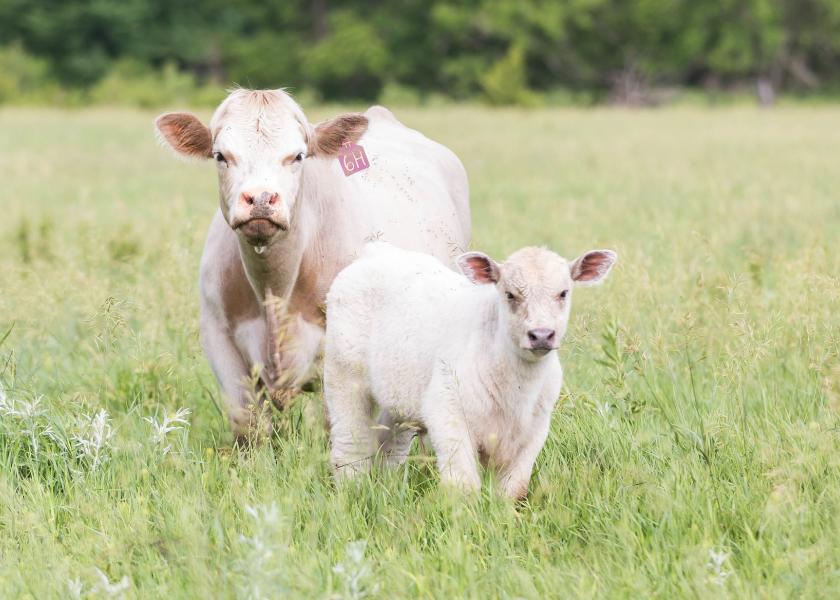Factors Influencing Birth Weight

Calving season can be an exhausting time on the ranch, especially when cows experience difficulty giving birth, say the experts at Kansas State University’s Beef Cattle Institute.
Speaking on a recent Cattle Chat podcast, K-State veterinarians Bob Larson and Brian Lubbers, and nutritionist Phillip Lancaster answered a question from a listener who observed a change in calf birth weights after relocating the herd from an arid region to a lush area of the country, leading the group to discuss reasons for variability in birth weights.
One of the factors that Lubbers cited for birth weight differences relates to calf gender.
“Bull calves will typically weigh more than heifer calves, so herds with a disproportionally large number of bulls will have higher average birth weights in the calf crop,” Lubbers said.
Along with gender, Larson said the genetics of the dam and sire are going to influence the calf’s birth weight.
“About 45% of the variability in birth weight can be described by genetic differences,” Larson said. “If producers are observing that the birth weights are too high, one way to improve that situation is to put selection pressure for calving ease in future matings.”
The experts also agree the cow’s nutrition during gestation influences the birth weight of her calf.
“Cow nutrition can have a large impact on birth weight of cattle of similar genetics,” Lancaster said.
As an example, he said calves born in the fall are typically lighter than those born in the spring.
“In herds with similar genetics, there can be a 10-pound difference on average in birth weights between the spring and fall calving herds,” Lancaster said.
He explained that one of the reasons is that fall-calving cows experience late gestation in the heat of the summer, so often their appetites are more depressed.
“Heat stress in summer causes the cow’s body to move the blood to the extremities to dissipate heat, causing less nutrients to go directly to the fetus,” Lancaster said.
In response to the listener’s question, the group suggested that the timing of when the cows were relocated relative to gestation could have been a key factor in the increased birth weights.
To hear the full discussion, listen to the Cattle Chat podcast online or through your preferred streaming platform.







